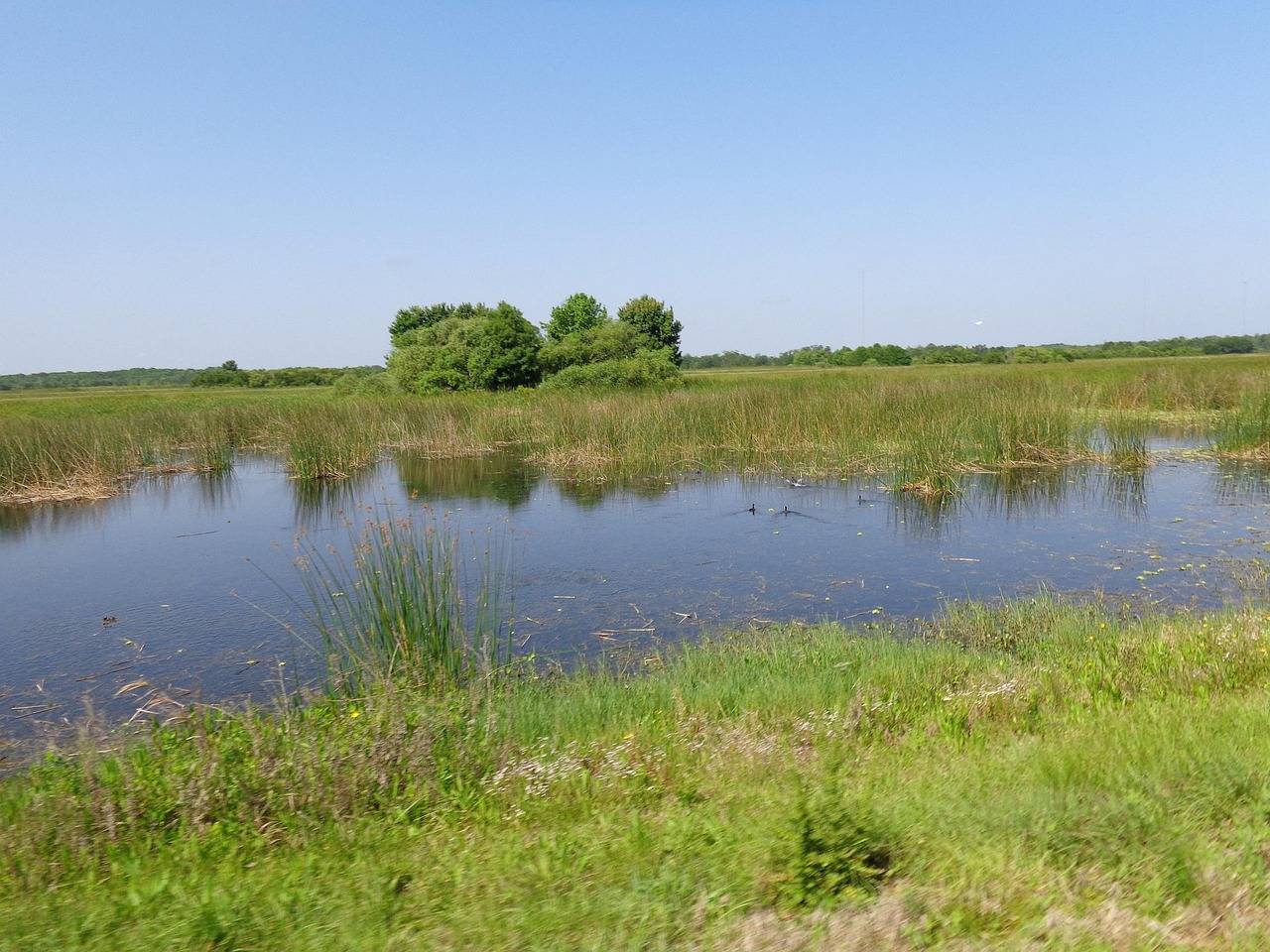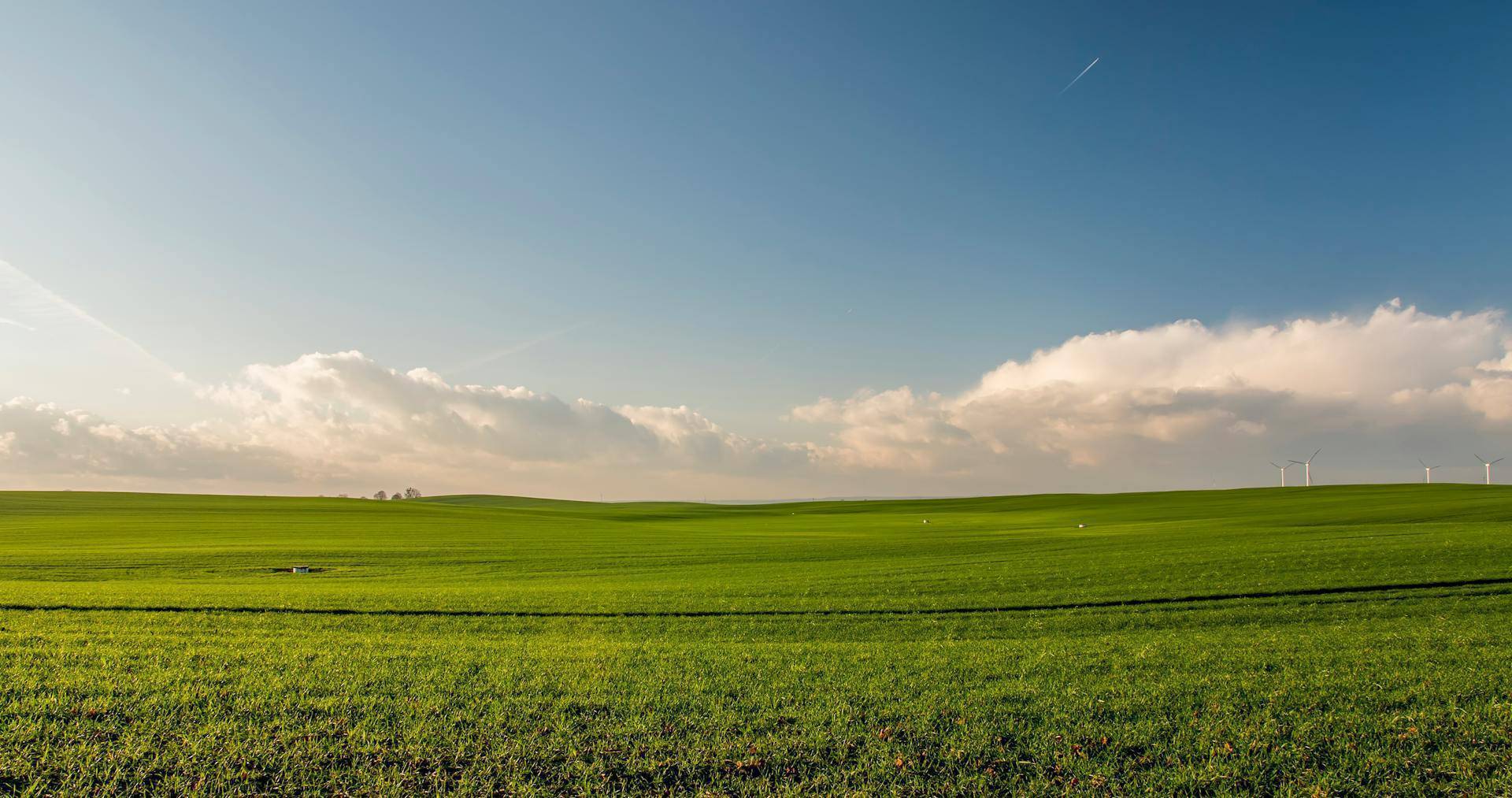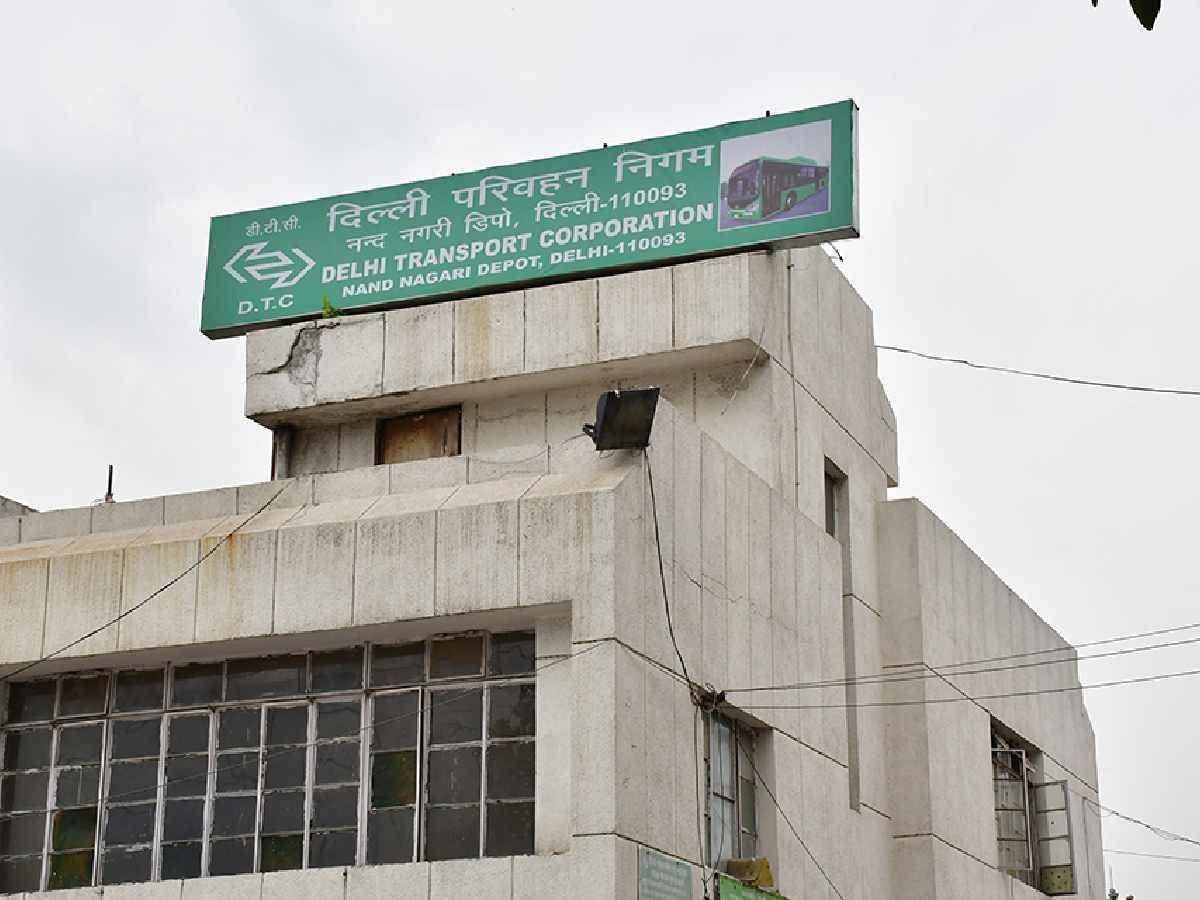The Greater Noida Authority has prepared a detailed plan aimed at conserving the Surajpur Wetland, which is facing numerous environmental challenges. The wetland, located along the Dadri-Surajpur-Chhalera (DSC) road in Greater Noida, spans 325 hectares, including 60 hectares of natural lake. The site is approximately 20 kilometers from Noida and serves as an important ecological zone, particularly for native and migratory bird species.
The Surajpur Wetland is under significant threat due to the indiscriminate discharge of highly polluted wastewater, encroachment, and excessive exploitation of groundwater. These threats have raised concerns about the health of the wetland, which also plays a crucial role in recharging the groundwater table of the region. As part of its commitment to environmental protection, the Greater Noida Authority has devised a comprehensive action plan to address these issues and safeguard the wetland for future generations.
Wastewater Treatment and Pollution Control
A primary concern for the Surajpur Wetland is the flow of untreated, polluted wastewater from nearby residential and industrial areas. In response, the Greater Noida Authority has decided to build a 45MLD (Million Liters per Day) sewage treatment plant (STP). This facility will treat the wastewater before it reaches the wetland, helping to improve the water quality and reduce the impact of pollution on the ecosystem. Ashutosh Dwivedi, the Additional Chief Executive Officer (ACEO) of the Greater Noida Authority, stated that this initiative is part of a broader strategy to clean up the wetland’s water sources.
To complement the STP, the authority is working with research institutes, environmental NGOs, and experts to develop water management techniques such as rainwater harvesting and watershed management. These strategies aim to ensure that the wetland receives clean water, thereby maintaining its ecological balance. Furthermore, eco-friendly solutions, including the restoration of wetland vegetation, will be explored to prevent water loss and enhance the overall health of the ecosystem.
Biodiversity Preservation
The Surajpur Wetland is a critical habitat for diverse flora and fauna, attracting many visitors, particularly during the winter season. The wetland is home to a variety of native and migratory bird species, making it a popular destination for birdwatching and photography. In addition to addressing pollution, the Greater Noida Authority’s action plan emphasizes the preservation of biodiversity. The authority plans to restore wetland vegetation to improve the quality of the habitat, which will, in turn, support the local wildlife population.
Harendra Bhati, a founding member of the Active Citizen Team, a citizens’ group dedicated to environmental protection, highlighted the importance of safeguarding this wetland as a "green lung" for the city. He emphasized that the wetland plays a key role in groundwater recharge and that preserving it is essential for maintaining the region's water resources.
Addressing Encroachment and Illegal Construction
Another significant challenge facing the Surajpur Wetland is the illegal construction and encroachment of surrounding agricultural land. Developers are increasingly encroaching on the wetland's periphery, converting agricultural land into residential and mixed-use projects without proper approvals. This unauthorized development further threatens the wetland’s integrity and disrupts its role in the local ecosystem.
The Greater Noida Authority has taken steps to curb this issue by planning to prohibit illegal construction around the wetland. The authority recognizes the urgency of this action to prevent further damage to the habitat. According to Anamika, the range officer of the Forest Department, there is a need for strong regulatory measures to contain unauthorized construction and prevent the further degradation of the wetland. The authority is committed to taking action against illegal encroachments to ensure the wetland's preservation.
Community Engagement and Sustainable Practices
In addition to the technical and regulatory measures, the Greater Noida Authority is also focusing on community engagement. The project includes educational programs aimed at local residents and farmers, promoting sustainable water usage and wetland protection. The authority plans to encourage the use of water-efficient irrigation techniques and sustainable farming practices to reduce agricultural runoff, which often pollutes the wetland.
The authority is also working on developing community-based programs to spread awareness about the wetland’s ecological importance. By involving local communities, the Greater Noida Authority hopes to create a sense of shared responsibility for the wetland’s conservation. Regular monitoring and evaluation systems will be put in place to track the water quality, biodiversity, and overall health of the wetland. These monitoring efforts will help ensure that the conservation measures are effective and sustainable in the long term.
Collaborative Approach to Conservation
The Greater Noida Authority's project for the Surajpur Wetland highlights the importance of collaboration between government agencies, research institutions, NGOs, and local communities. The authority is open to partnering with organizations that specialize in water conservation and environmental protection to implement the plan effectively. The collaborative approach will bring together the expertise of environmental professionals to address the complex challenges facing the wetland.
As part of the effort, the authority has issued an expression of interest (EOI) to invite organizations with experience in water conservation to partner in the project. This collaboration will help to ensure that the solutions implemented are scientifically sound and environmentally sustainable.









.png)